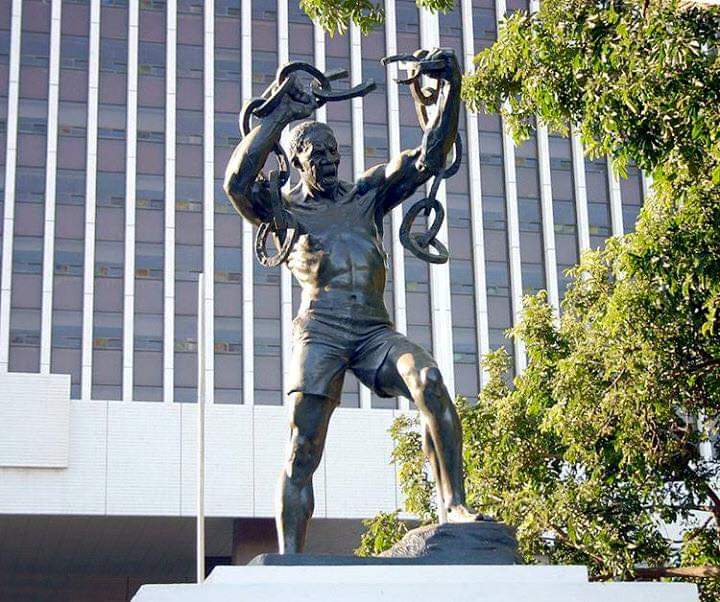Zambia, a country rich in natural beauty and cultural heritage, is home to several monuments that reflect its diverse history and vibrant traditions. Here’s a look at some of the most famous monuments in Zambia, each offering a unique glimpse into the nation’s past and its cultural landscape:
- Victoria Falls
Often referred to as “The Smoke That Thunders,” Victoria Falls is one of the most spectacular natural monuments in Zambia. Located on the Zambezi River, this awe-inspiring waterfall is a UNESCO World Heritage Site and a major attraction for visitors. The falls, which straddle the border between Zambia and Zimbabwe, are known for their immense size and the thunderous roar of the water cascading over the cliff, making it one of the largest and most famous waterfalls in the world. - The Livingstone Museum
Inaugurated in 1934, the Livingstone Museum is Zambia’s largest and oldest museum, named after the famed explorer Dr. David Livingstone. Located in Livingstone, the museum showcases a vast collection of artifacts related to Zambian history, culture, and natural heritage. Exhibits include traditional crafts, archaeological finds, and displays about the exploration and colonization of the region, making it a vital center for preserving Zambia’s historical narrative. - The Lusaka National Museum
Situated in Zambia’s capital, Lusaka, the Lusaka National Museum offers insights into the country’s cultural and historical evolution. The museum features exhibits on Zambian history, traditional art, and modern culture, providing visitors with a comprehensive overview of the nation’s rich heritage. The museum’s collection includes items related to Zambia’s pre-colonial societies, colonial history, and contemporary developments. - The Freedom Statue
Located in Lusaka, the Freedom Statue is a significant monument that commemorates Zambia’s struggle for independence from British colonial rule. Erected in 1964, the statue symbolizes the country’s liberation and the sacrifices made by those who fought for freedom. It stands as a powerful reminder of Zambia’s journey to sovereignty and the ideals of freedom and democracy. - The Chilenje House
The Chilenje House, also known as the Chilenje House Museum, is a historical landmark in Lusaka. It was the residence of Zambia’s first President, Kenneth Kaunda, during the early years of independence. The house has been preserved as a museum, offering visitors a glimpse into the life and times of Kaunda and the early days of Zambian independence. - The Kafue National Park Monuments
While not a single monument, Kafue National Park’s various landmarks and conservation efforts represent the country’s dedication to preserving its natural heritage. The park is one of Zambia’s oldest and largest national parks, home to diverse wildlife and offering numerous landmarks related to conservation and tourism. The park’s monuments, including historical sites and memorials, reflect the importance of preserving Zambia’s natural beauty and biodiversity. - The David Livingstone Memorial
Located near the Victoria Falls, the David Livingstone Memorial commemorates the famous explorer who first brought the falls to the attention of the Western world. The memorial includes a statue of Livingstone and plaques detailing his explorations and contributions to the region. It serves as a tribute to Livingstone’s legacy and his role in the history of Zambia.
These monuments offer a rich tapestry of Zambia’s history, culture, and natural beauty. They stand as testaments to the country’s diverse heritage and provide valuable insights into its past, making them essential stops for anyone looking to understand and appreciate Zambia’s unique identity.






